
Kurashiki Bikan Historical Quarter: A Journey Through Time, Art, and Soul
Table of Contents
- Why Kurashiki Deserves a Spot on Your Travel List
- What to Experience in Kurashiki Bikan Historical Quarter
- How to Get to Kurashiki Bikan Historical Quarter
- Other Recommended Activities in Kurashiki
- Frequently Asked Questions About Kurashiki Bikan Historical Quarter
- The Bottom Line
Why Kurashiki Deserves a Spot on Your Travel List
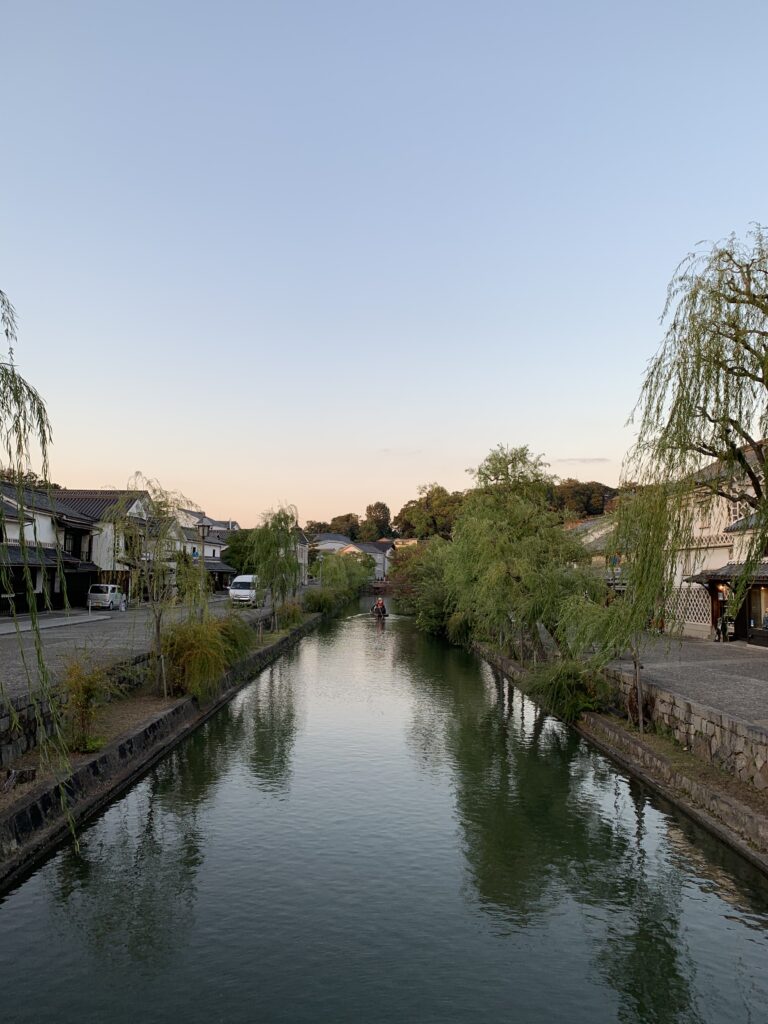
Stepping into Kurashiki Bikan Historical Quarter is like walking into a living museum. The white-plastered kura (warehouses) and namako-tiled buildings that line its cobblestone streets whisper stories of an era long past. Willow trees sway gently over canals, reflecting in the shimmering waters below, while boatmen serenely glide by, adding to the dreamlike atmosphere. But Kurashiki is not just about preservation; it’s about reinvention. Trendy boutiques, artisanal studios, and cozy cafes breathe new life into the historic quarter, creating a vibrant tapestry of old and new.
What to Experience in Kurashiki Bikan Historical Quarter
Forge Unforgettable Connections
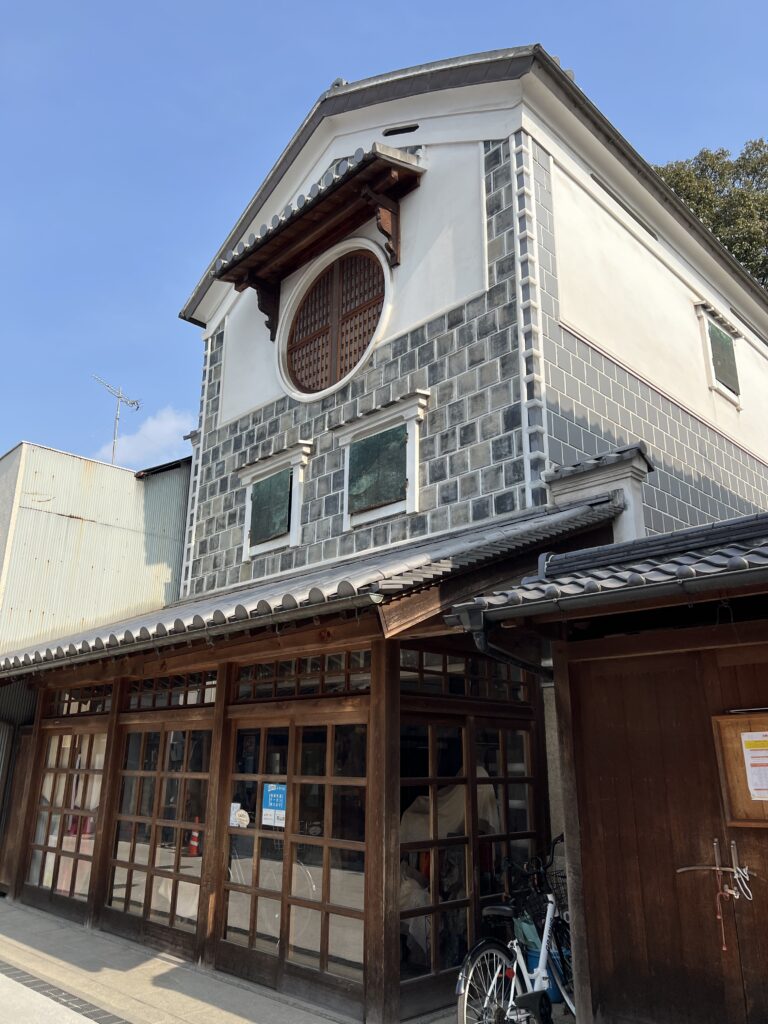
One of the most rewarding aspects of Kurashiki is its people. As I wandered the district, I met Yuki, a local artisan crafting intricate patterns on traditional canvas tote bags. Her pride in preserving a heritage that dates back centuries was evident in every stitch and every word she shared. These moments of connection transform a simple visit into a heartfelt journey, offering a deeper appreciation of Kurashiki’s cultural soul.
Step Back in Time
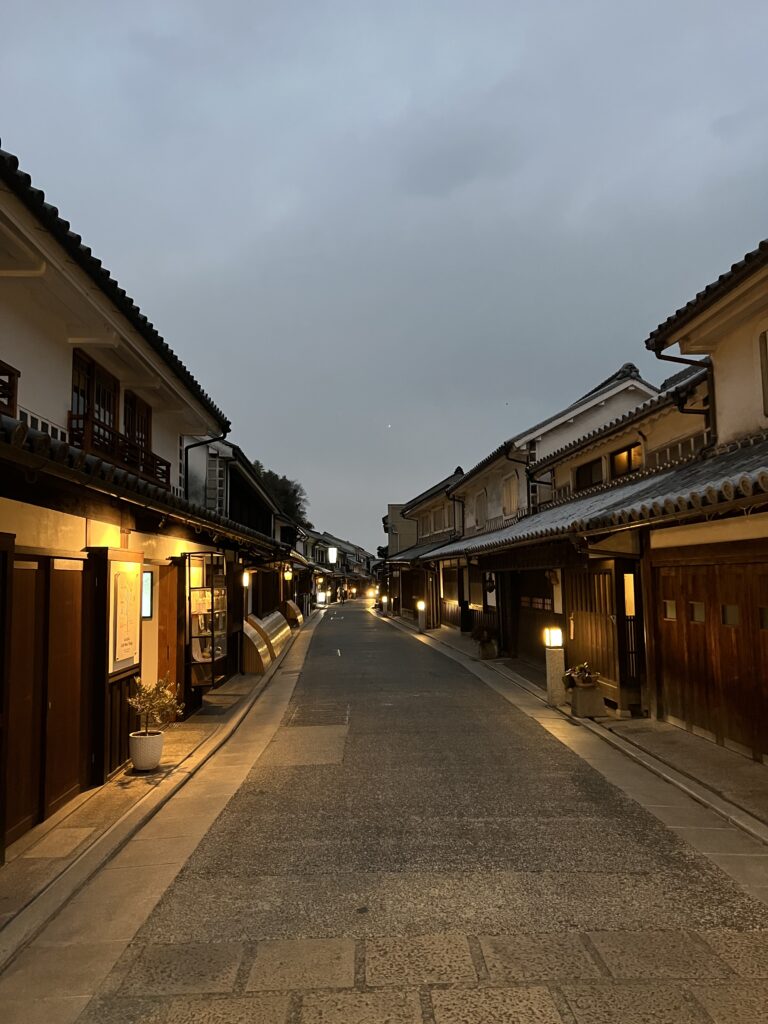
Kurashiki’s streets are a time capsule. The pristine white walls of the kura and the sturdy wooden beams of namako-tiled buildings exude a timeless elegance. Each structure is a testament to the district’s role as a prosperous rice distribution center during the Edo period. At night, the soft glow of lanterns designed by renowned artist Mikiko Ishii bathes the streets in a golden hue, casting enchanting reflections on the Kurashiki River. It’s as if the district itself breathes life into history.
Discover Artisanal Excellence
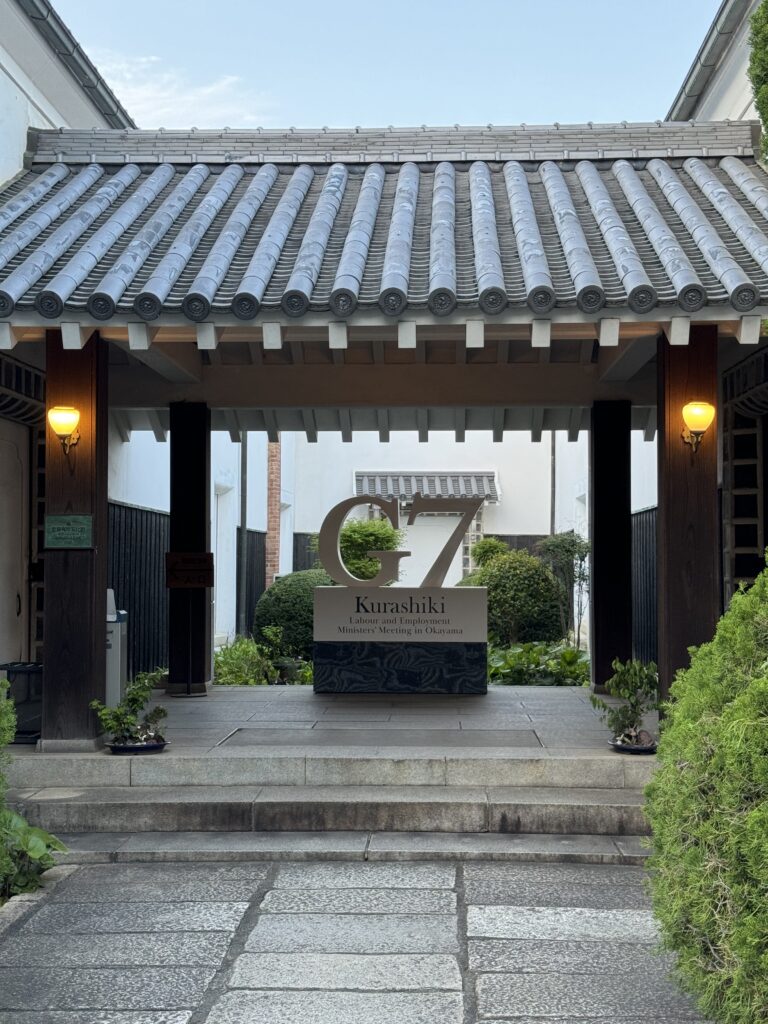
Kurashiki’s artisanal heritage extends beyond its architecture. The district is the birthplace of the globally renowned “Kurashiki Denim.” In a denim workshop, I watched artisans meticulously dye and weave fabric with an almost meditative precision. The scent of indigo dye and the rhythmic hum of weaving machines created a sensory symphony that was both grounding and inspiring. Leaving with a handcrafted denim scarf, I felt as if I had taken home a piece of Kurashiki’s soul.
Savor Local Flavors
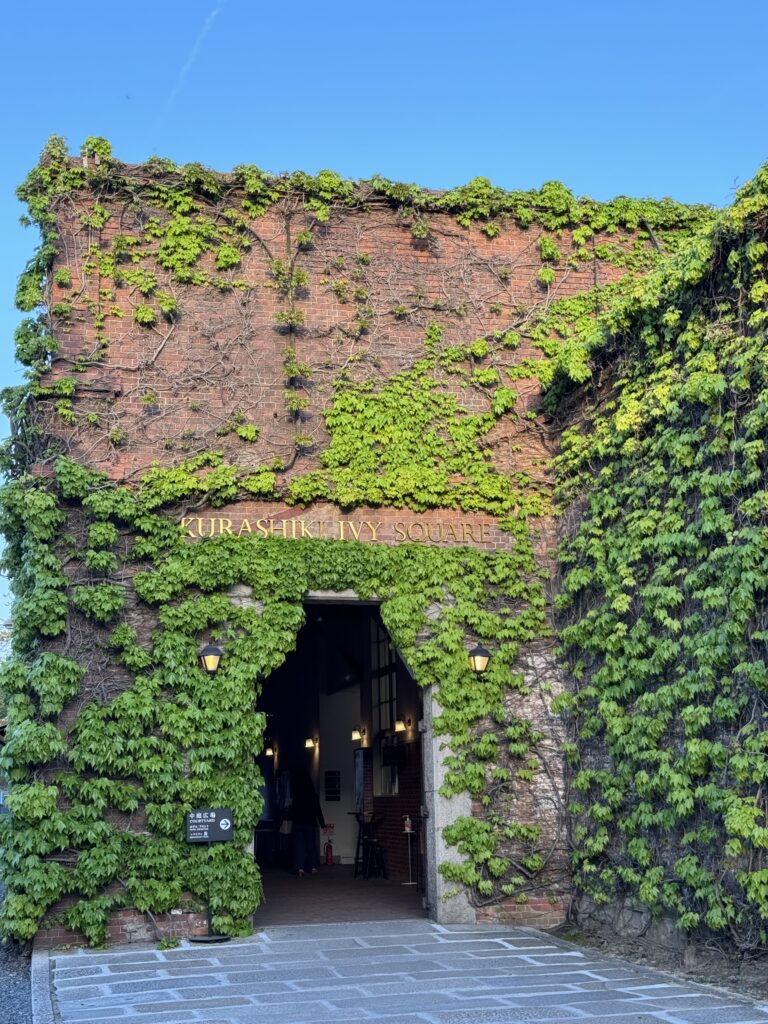
Kurashiki’s culinary scene is a celebration of tradition and innovation. At a cafe nestled in a refurbished townhouse, I indulged in a matcha parfait adorned with delicate red bean paste and a sprinkle of roasted rice powder. For dinner, a cozy izakaya served grilled fish glazed with soy sauce, paired with a glass of locally brewed sake. The layers of flavor—sweet, salty, and umami—told stories of generations perfecting their craft. Every bite was an exploration of Kurashiki’s culinary heritage.
Explore Cultural Landmarks
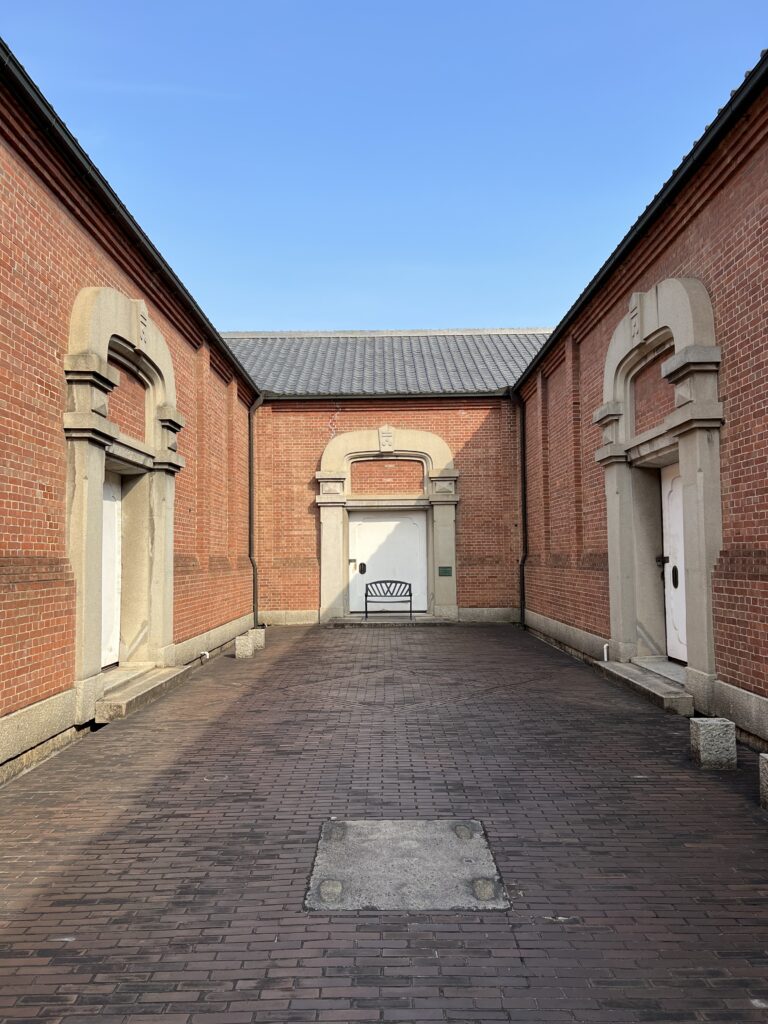
The Ohara Museum of Art is a must-visit landmark, housing masterpieces by El Greco, Monet, and other luminaries. As Japan’s first private Western art museum, it offers an intimate viewing experience that allows for quiet reflection. Nearby, Ivy Square—a former textile mill—bridges Kurashiki’s industrial past and creative present. With museums, cafes, and lush gardens, it’s a vibrant hub of activity that invites exploration and relaxation.
How to Get to Kurashiki Bikan Historical Quarter
Reaching Kurashiki is simple and rewarding. From Okayama Station, take the JR Sanyo Line to Kurashiki Station. The historical quarter is a leisurely 15-minute walk from there. For those driving, ample municipal parking ensures stress-free access. The journey itself is an invitation to anticipate the magic awaiting you.
Other Recommended Activities in Kurashiki
Glide Along the Canal

A boat ride along the Kurashiki River is an unmissable experience. As the boatman’s melodic chants echo through the still air, you’ll drift past willow trees and historic buildings. The gentle rhythm of the oar creates a sense of serenity, allowing you to fully absorb the district’s timeless beauty.
Experience Lantern-Lit Nights
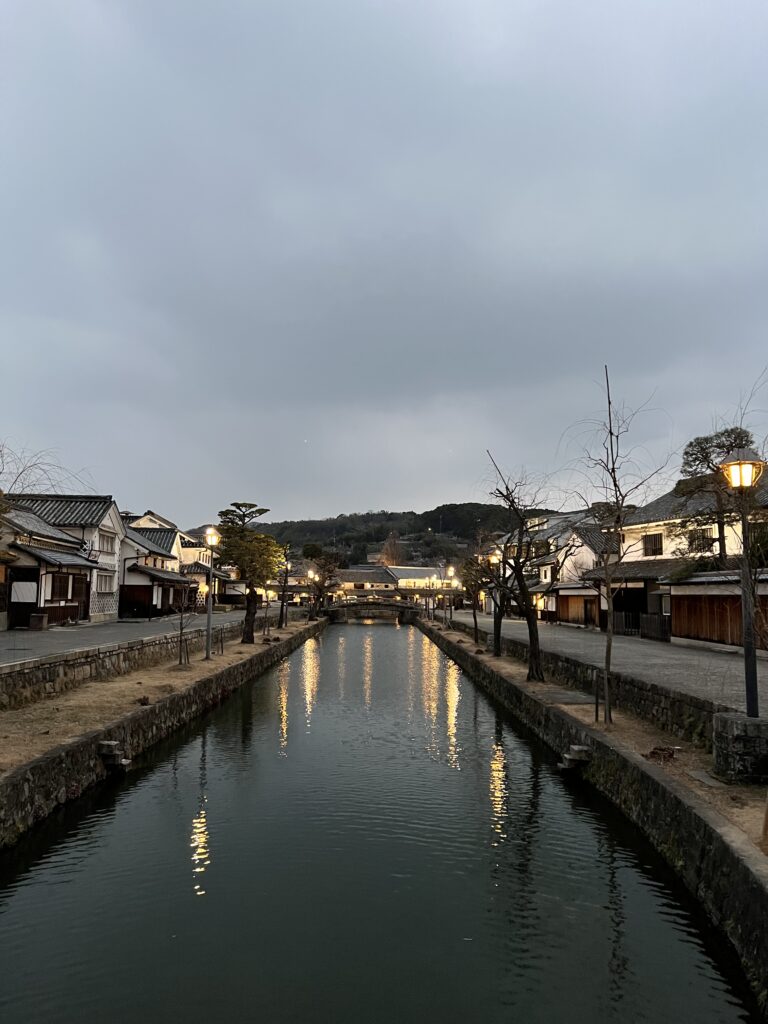
When night falls, Kurashiki transforms into a realm of enchantment. Traditional lanterns illuminate the streets, their soft light dancing on the white walls and cobblestones. Guests staying in nearby inns can borrow lanterns for a nocturnal stroll, creating unforgettable memories of quiet elegance and wonder.
Frequently Asked Questions About Kurashiki Bikan Historical Quarter
What’s the Best Time to Visit Kurashiki?
Kurashiki shines year-round. Spring brings cherry blossoms that frame the canals, summer offers lush greenery, autumn dazzles with fiery foliage, and winter cloaks the district in a serene snowy charm. The evening illuminations are a highlight regardless of the season.
What Are Kurashiki’s Must-Try Foods?
Matcha desserts and freshly prepared soy-based dishes are staples. Local cafes and restaurants also serve seasonal specialties that reflect the region’s culinary traditions. Don’t miss the locally brewed sake for an authentic taste of Kurashiki.
What Souvenirs Should I Buy in Kurashiki?
Kurashiki Canvas bags and denim products are iconic keepsakes. Their quality and craftsmanship make them more than just souvenirs—they’re treasures that tell a story.
The Bottom Line
Kurashiki Bikan Historical Quarter is not just a place; it’s an experience that transcends time and space. From its cobblestone streets and willow-lined canals to its rich cultural heritage and modern creativity, Kurashiki offers a journey that will leave an indelible mark on your soul. Whether you’re basking in its lantern-lit glow at night or exploring its artistic treasures by day, Kurashiki promises memories that will linger long after your visit. If Japan is on your travel list, let Kurashiki Bikan Historical Quarter be the chapter you’ll never forget.